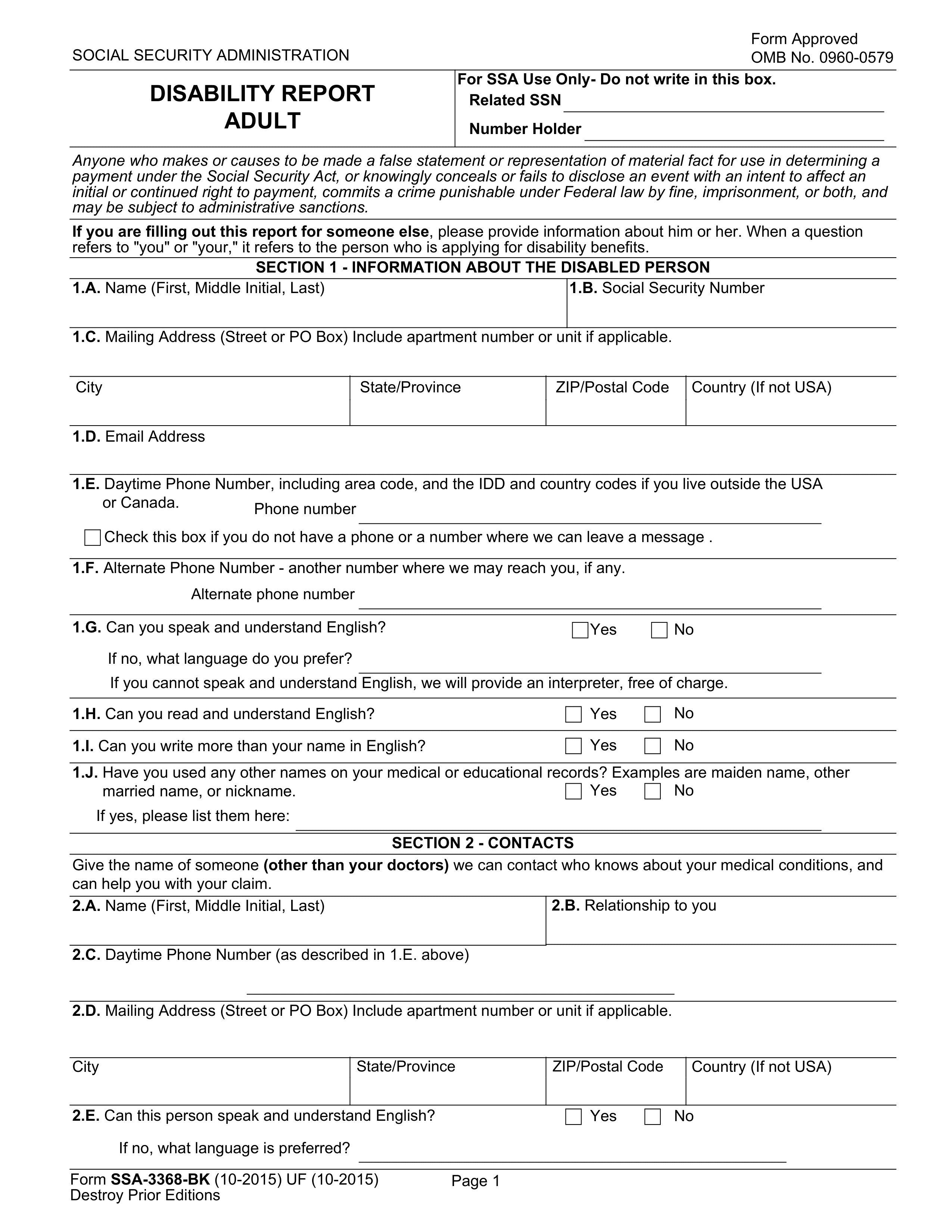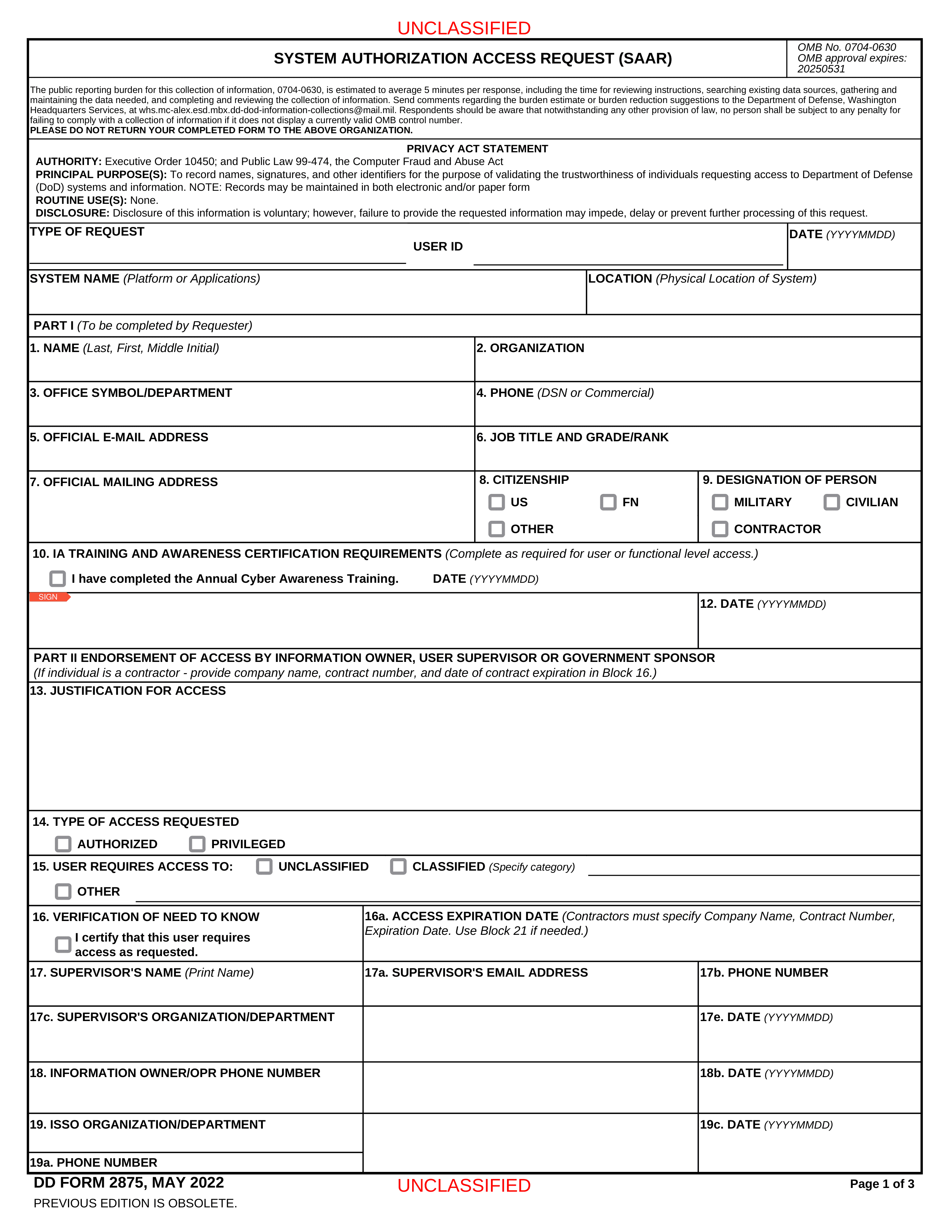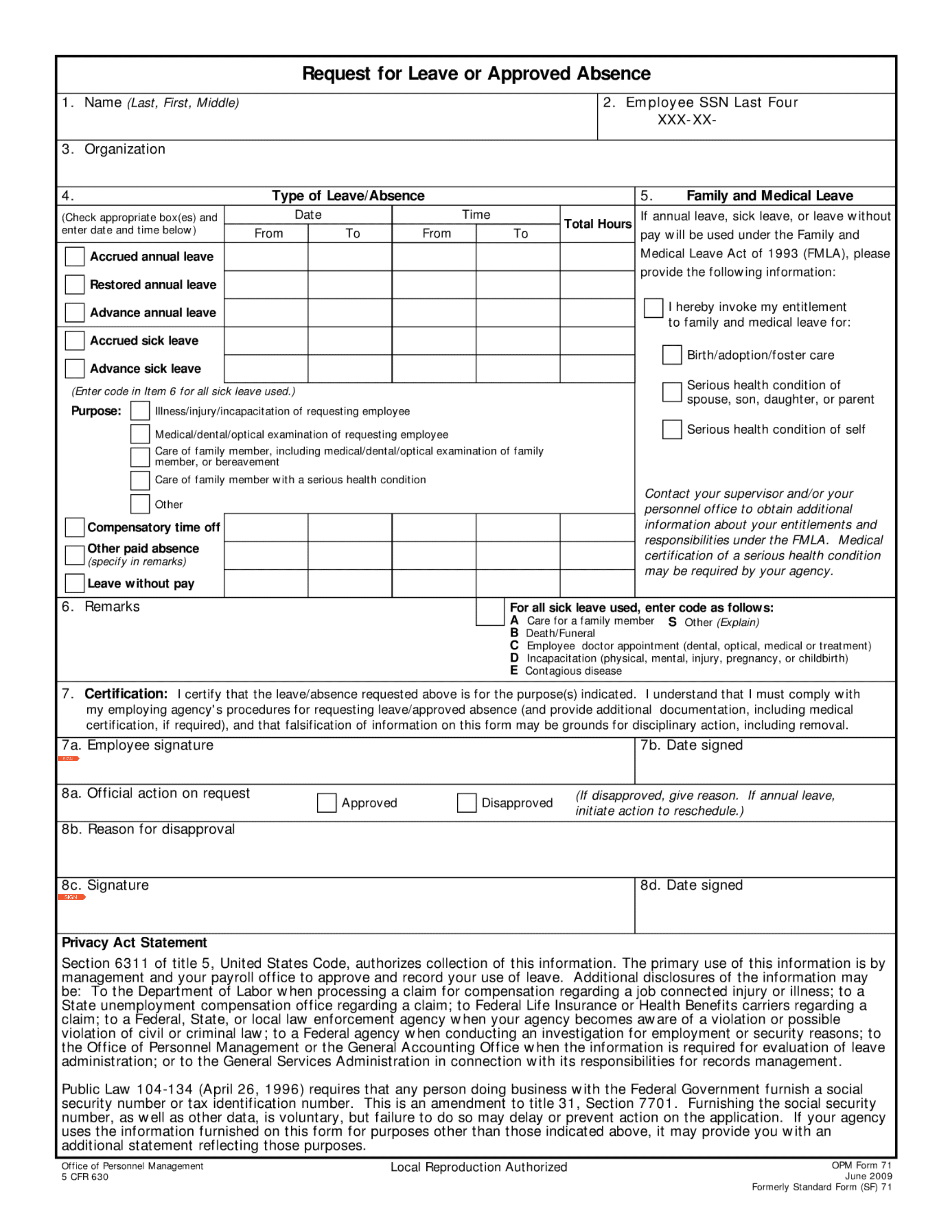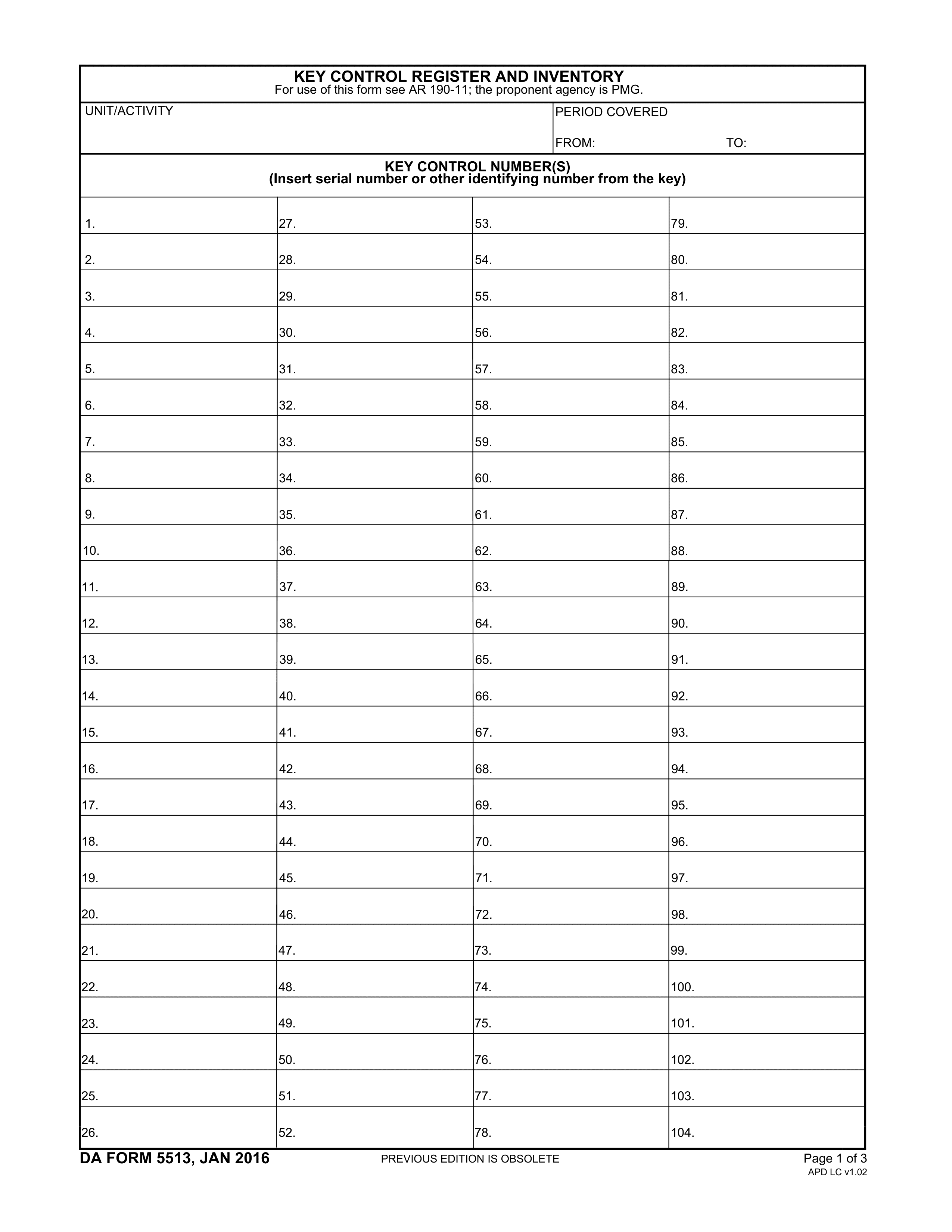What is Form HUD-1?
The HUD-1 Settlement Statement is an important document used in mortgage transactions. It provides a comprehensive breakdown of all charges and credits for both buyers and sellers. This form promotes transparency by detailing every cost involved in the transaction, including fees, taxes, and insurance. Required by the Department of Housing and Urban Development (HUD) for federally related mortgages, the HUD-1 ensures that all parties involved are fully informed about the financial details, helping to prevent misunderstandings and ensure fair dealings.
What is Form HUD-1 used for?
Form HUD-1 is essential for mortgage transactions. Here’s what it’s used for:
- Itemizing Charges: Lists all fees and credits for both the buyer and seller.
- Transaction Details: Breaks down every cost associated with the loan and who pays what.
- Pre-Closing Review: Sent prior to closing for review and information.
- Regulatory Compliance: Required by HUD for certain mortgage types like reverse mortgages and refinances.
How to fill out Form HUD-1?
- 1
Itemize all charges and credits in the appropriate sections for both buyer and seller.
- 2
Include transaction details such as loan terms and settlement costs.
- 3
Verify that all information is accurate and complete.
- 4
Allow the borrower to inspect the form the business day before settlement.
- 5
Complete the form with clear and legible entries.
Who is required to fill out Form HUD-1?
The HUD-1 Settlement Statement is filled out by the settlement agent. They detail all charges for the borrower and seller, ensuring transparency in the process.
After completion, the form is used by the buyer, seller, and loan originator to understand the actual settlement costs and clarify responsibility for charges and credits.
When is Form HUD-1 not required?
Form HUD-1 is not needed for open-end lines of credit, such as home-equity plans, under the Truth in Lending Act and Regulation Z. It also isn't required for refinancing loans or subordinate lien loans that do not involve a seller. Understanding these exceptions can help streamline your paperwork process when handling real estate transactions.
When is Form HUD-1 due?
The deadline for Form HUD-1 is the day of closing. Lenders must provide this form to borrowers at that time. Additionally, lenders need to deliver a Closing Disclosure at least three business days before closing, giving borrowers a chance to review and resolve any concerns.
How to get a blank Form HUD-1?
To obtain a blank HUD-1 Settlement Statement, you can rely on our platform, which provides the form pre-loaded in our editor. Remember, the HUD-1 form is issued by the Department of Housing and Urban Development (HUD). PDF Guru assists in filling and downloading, but not in filing forms.
Do you need to sign Form HUD-1?
No, you do not need to sign the HUD-1 Settlement Statement. This form simply outlines all charges and credits for both the buyer and seller during a real estate settlement, and it is usually prepared by the settlement agent. However, it’s always a good idea to check for the latest updates regarding any changes to this requirement. Use PDF Guru to fill out the form, download it, and manage any other tasks that fall outside our platform.
Where to file Form HUD-1?
The HUD-1 Settlement Statement is given directly to the borrower and seller during the closing process. It is not submitted to any government agency.
Keep a copy for your records, as the form is typically distributed by the settlement agent at closing. There is no online submission for it.







